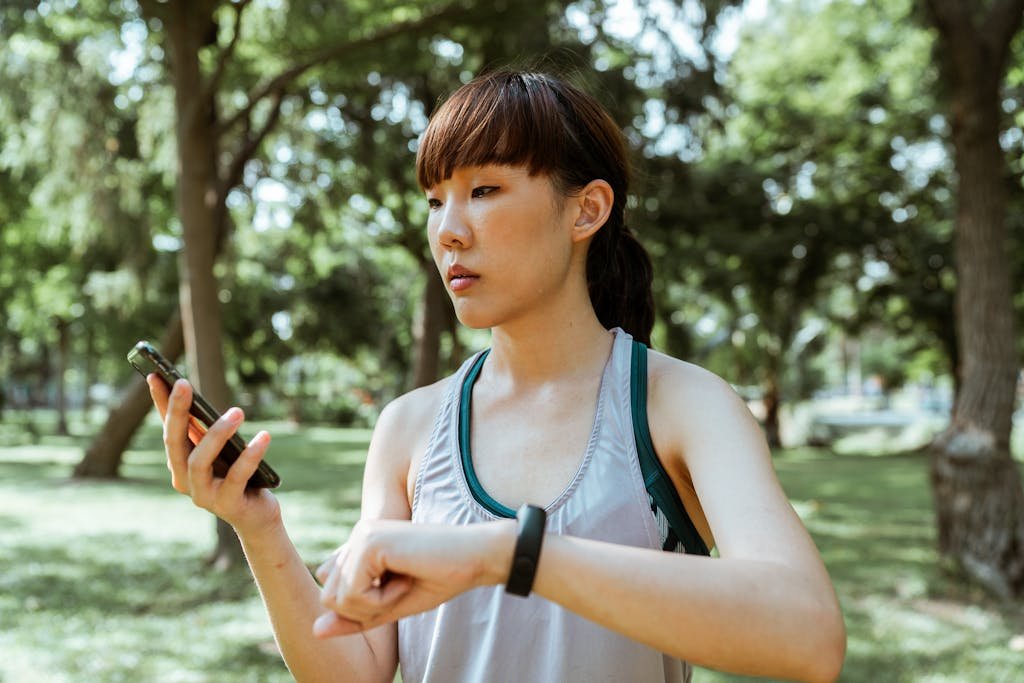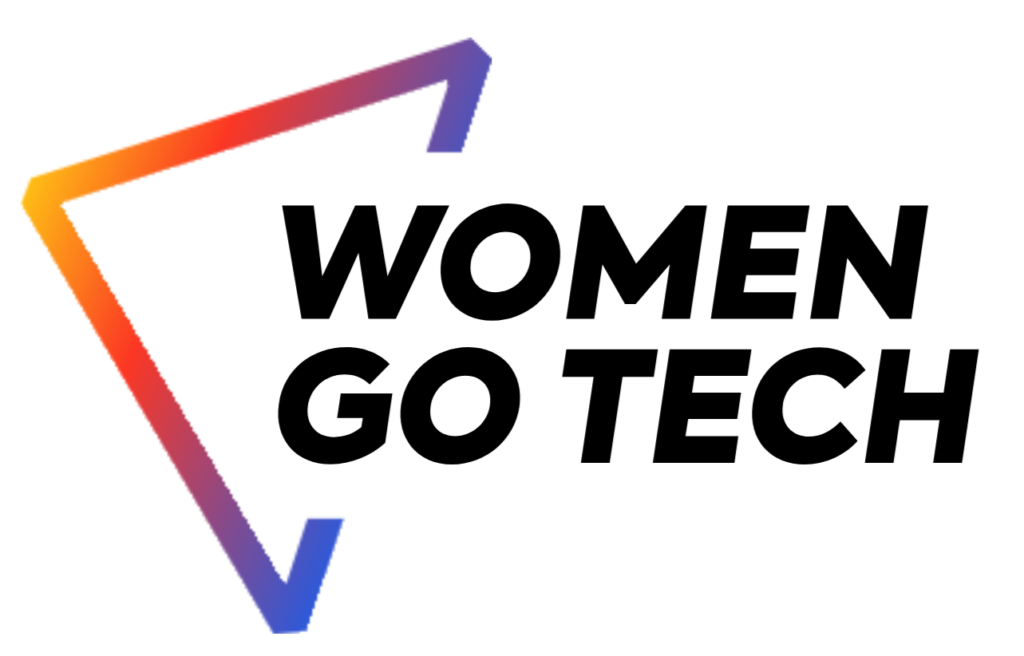Portfolio Project powered by Accenture
Creating a Functional Design for a Fitness Application with Enhancements

With the growing awareness of health and fitness, there’s a surge in demand for applications that assist users in achieving their fitness goals. With this project task, you are going to delve into the creation of a fitness application with enhancements.
This task allows you to explore various technological components essential for developing a fitness application. You will need to make informed decisions about which features to prioritize and how to enhance user experience. Beyond just functionality, user experience plays a crucial role in the success of any application. By brainstorming enhancements and developing wireframes, you’ll learn how to design interfaces that are intuitive, engaging, and aligned with user preferences.
Your task is to create a functional design for a fitness application with enhancements.
1. Begin by identifying the key functionalities and features essential for a fitness application, such as workout tracking, nutrition planning, and progress monitoring.
2. Create a detailed architectural diagram of the fitness application, illustrating the various components, databases, and API integrations. Consider how the enhancements will be integrated into the overall architecture and how they will interact with existing features such as user authentication, data storage, and third-party integrations.
3. Brainstorm enhancements that could be integrated into the fitness application to improve its functionality and user experience. This could include features such as integration with wearable fitness devices for real-time data tracking, personalized workout and meal plans based on user goals and preferences, and social networking features for connecting with other users and fitness professionals.
4. Write a technical specification document outlining the enhancements, including the technologies, frameworks, and APIs that will be utilized. Describe how the enhancements will improve the performance, scalability, and security of the fitness application, such as utilizing machine learning algorithms for personalized recommendations and ensuring data privacy and security compliance. Remember to consider the technical feasibility and practicality of the enhancements and how they align with the overall goals of the fitness application to help users achieve their health and fitness goals.
5. OPTIONAL: Develop a prototype or wireframe of the user interface, focusing on the layout, navigation, and usability of the fitness application. Consider how the enhancements will be presented to the user and how they will enhance the overall user experience, such as providing intuitive dashboards for tracking progress and engaging visualizations for workout and nutrition plans.
1. The main goal of this task is to learn the comprehensive process of product development, starting from recognizing user needs and extending to executing technical solutions and enhancing user experience.
2. Suggested completion time is 3-4 weeks, where we suggest to dedicate at least 1 week for exploring the relevant literature. The task can be completed individually or in a small group
Example Case Study – Virtual Therapist by Accenture
Explore a project developed by Accenture in the health and fitness category. This example illustrates how a business challenge is translated into a solution and presented to the client. Click here to download the presentation deck. Below, you’ll find a brief summary of this case study:
- Business challenge: When being done at home, measuring the accuracy of exercise performance is not possible. In addition, exercises, which are prescribed as treatment, normally do not consider individual the patient’s abilities and physical health, and normally have a general ‘ideal’ example. Finally, creating self-paced exercise videos is difficult too
- Solution: A WEB application for healthcare providers and patients, which allows an individual to do physiotherapy exercises at home under AI control. Virtual Therapist uses a pre-trained model that recognizes human joints or ‘skeleton’ from the patient’s real-time video, then the exercises get recognized and execution accuracy evaluated.
- Business value: This helps to create a cost-effective treatment that benefits patients and funders. For health care providers it helps them to take care of more patients. In addition, exercise execution accuracy can be defined and measured. The key functionality is not limited to healthcare providers only but can be applied to other use cases, where movements of the body parts have a monotonous cyclic (repeating) nature, e.g. fitness.
Recommended Reading:
- Fit For The Future: 10 Trends That Will Transform The Fitness Industry by Forbes
- Inspired: How To Create Products Customers Love by Marty Cagan
- The Lean Startup by Eric Ries
- What should a Product Manager know about Software Design and Architecture by Yoihenba Kongbam
- Software Architecture in Practice by Len Bass, Paul Clements, Rick Kazman
- Don’t Make Me Think: A Common Sense Approach to Web Usability by Steve Krug
- 6 Steps To Write Product Specifications (+ Examples) by Ben Aston
- Designing a fitness app — a UX case study by Ibrahin Khan

Accenture Baltics is the largest market-wide Accenture Advanced Technology Center in Europe. With >2000 talents, the company unites Technology and Song and serve 250 clients in 30 countries from Europe and throughout the world. Accenture services range from mobile apps to business transformation, integration, and other complex projects.

